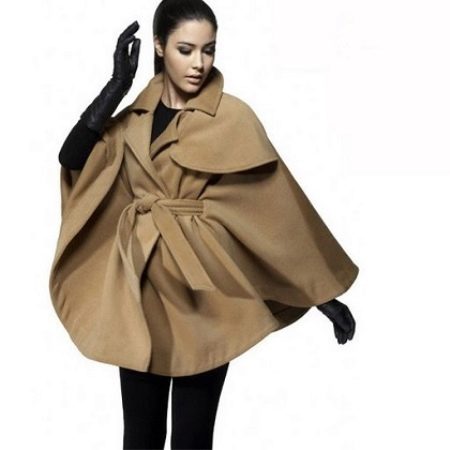Women's coat-coat
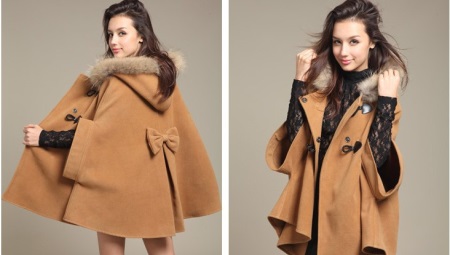
The history of the women's coat
A coat can be found in not every woman's wardrobe. A coat of this style is often considered a luxury item or a “go out” thing, rather than everyday outerwear. It is usually assumed that the coat is worn for special occasions, since, by definition, such a coat is made from expensive fabrics or from fur. However, this was not always the case.
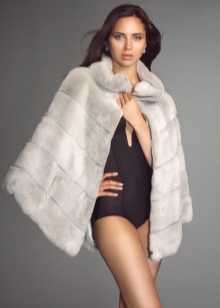
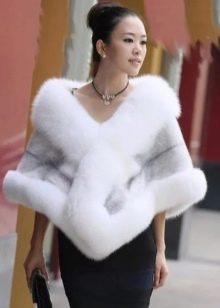
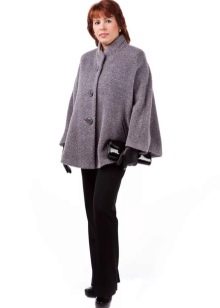
The history of the cloak begins in the XIV century, and the word itself came to us from the French language. Then the so-called men's cloak in the shape of a semicircle, which was connected in front with a buckle or strings. Very often, the fastened edges of the cloak were not left in the center, but shifted to the right shoulder. In Europe, this style of outerwear was very often found on the streets, coats were a thing "for every day" and were made from affordable fabrics. In the 16th century, the look of the coat underwent some changes, but it still continued to be part of the men's wardrobe.
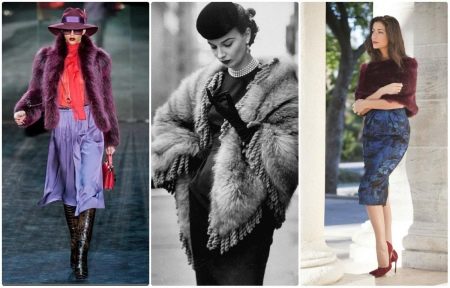
In the XVIII century. the coat was made of expensive fabrics, and the floors of the coat were made diverging so that they did not cover beautiful dresses. In the 19th century, the word "coat" already denotes women's outerwear made of fur.
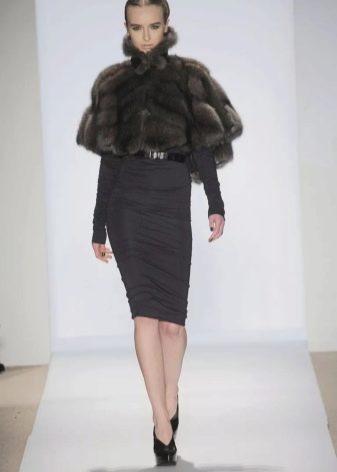
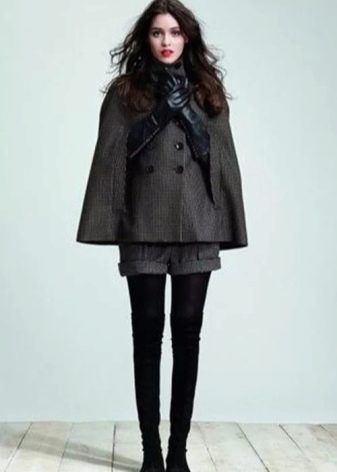
The cloak was very popular at the beginning of the twentieth century. The famous French fashion designer Paul Poiret at that time created a coat of luxurious fabrics, trimmed with fur. Later, other popular couturiers did not ignore the cloak.
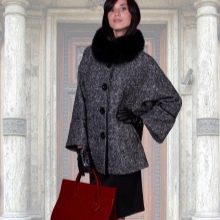
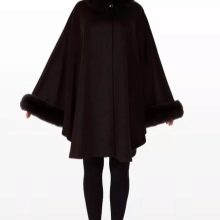
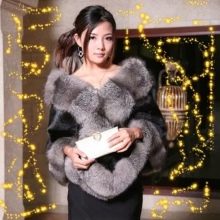
At present, the style of the 20-30s of the twentieth century is becoming more and more in demand, which means that the cloak is again in fashion.
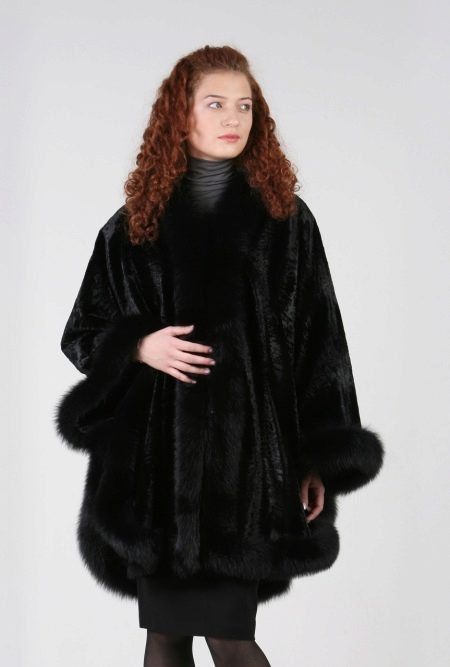
Features of the coat-coat
A coat can be distinguished from other types of coats by the following characteristic details:
- this type of outerwear is often made without sleeves; instead of them, slots for the arms may be present in the coat;
- if the model assumes sleeves, then they will necessarily be wide or widening downward so that the silhouette of the thing, which should have the shape of a trapezoid, is not disturbed;
- a coat collar, if any, is usually of two types: a shawl or a collar-collar; the neck of the coat is round;
- a classic-look cloak does not have through fasteners;
- The "classic" coat can be fastened with only one fastener at the neck.
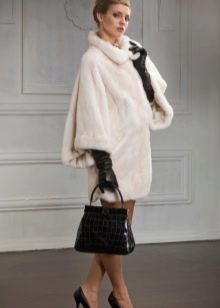
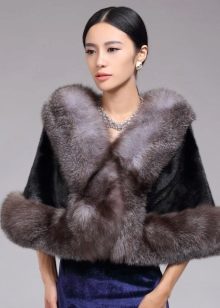

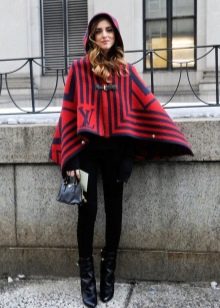
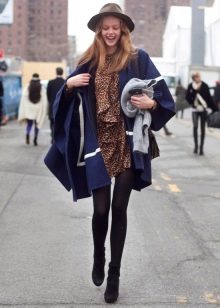
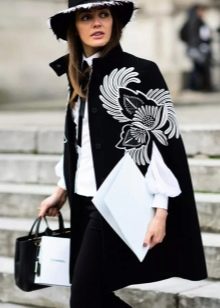
A classic-looking cloak in shape and cut is a bit like its medieval "ancestor" - a cloak in the shape of a semicircle or a circle. The closest "relative" of the mantle is the mantle. Some styles of such outerwear, for example, a mantle with a hood, are still associated with us for centuries.
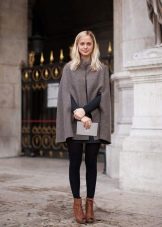
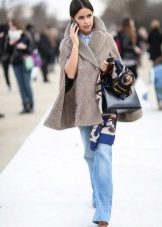
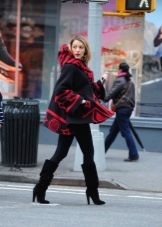
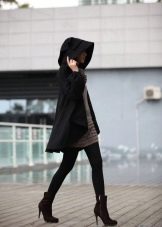
The length of the coat can be different: from the middle of the thigh to the middle of the lower leg. Today, shortened models are becoming more and more relevant. They are especially in demand among women who get behind the wheel of a car.
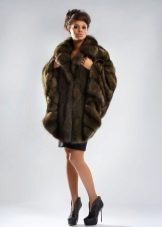
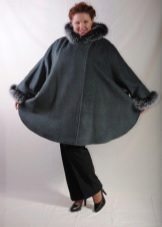
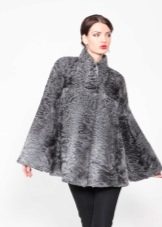
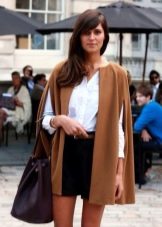
Unlike a fur coat, the lining of a cloak may not be insulated, therefore such a fur coat is worn in autumn and spring and, if necessary, it is permissible not to take it off indoors. Quite often, a fur coat complements an evening dress, which involves bare shoulders.
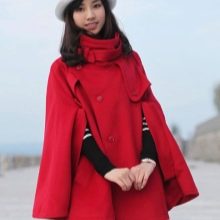
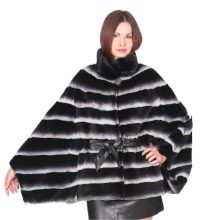
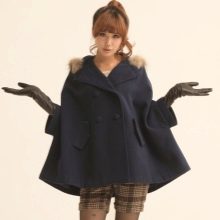
Types of coats
By type of material:
- from fabric,
- from fur,
- with fur trim,
- faux fur,
- knitted.
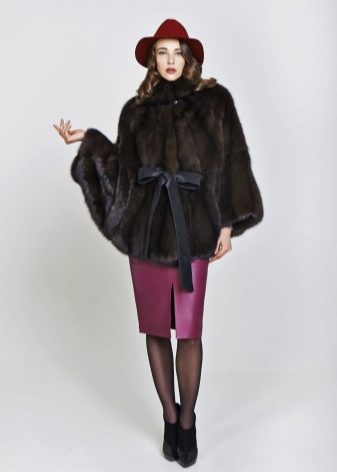
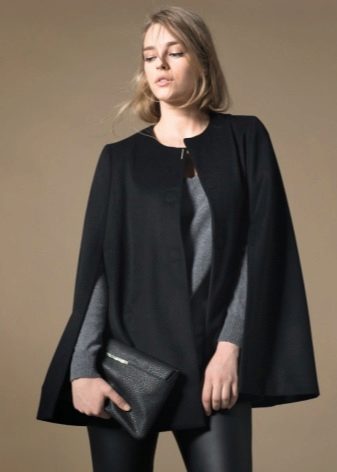
By purpose and belonging to style:
- wedding coat,
- evening,
- casual style,
- in other styles.
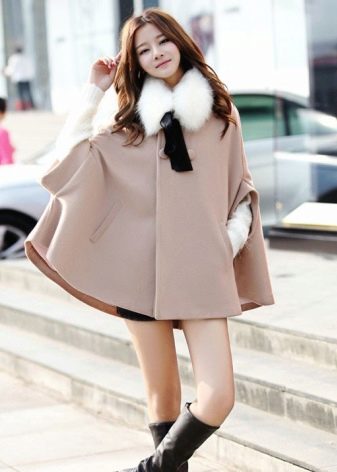
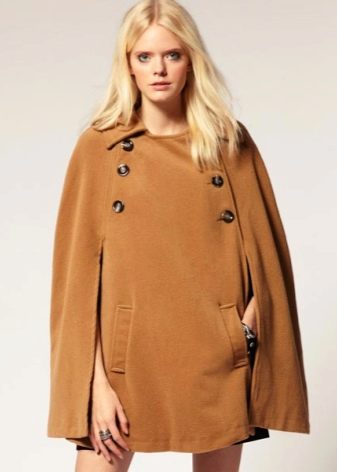
Wedding coats are usually no longer than the waistline. Cropped cloak models allow the bride to show off the beauty of the wedding dress. The usual color for such cases is white.
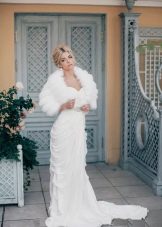
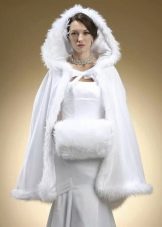
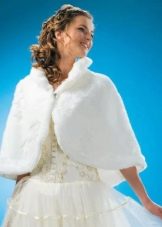
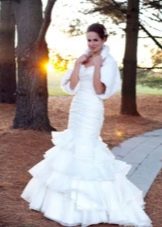
By style:
- cloak,
- cloak with slots for hands,
- coat with sleeves,
- cloak scarf.
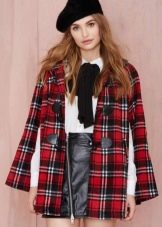
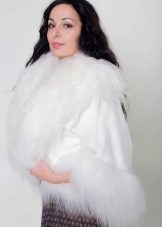
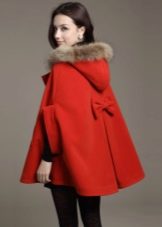
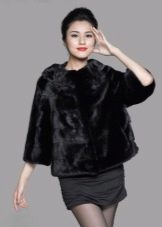
According to the design of the neck of the coat, there can be:
- without a collar,
- with a shawl collar,
- with collar yoke,
- with a hood,
- with a different type of collar (much less common).
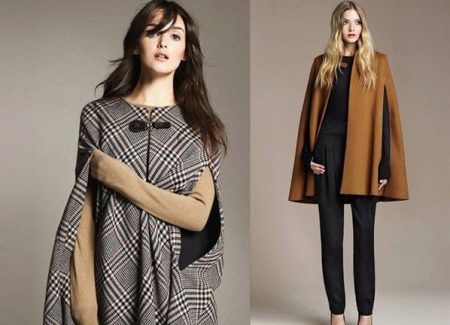
By lenght:
- classic length - to the middle of the lower leg;
- middle length;
- shortened.
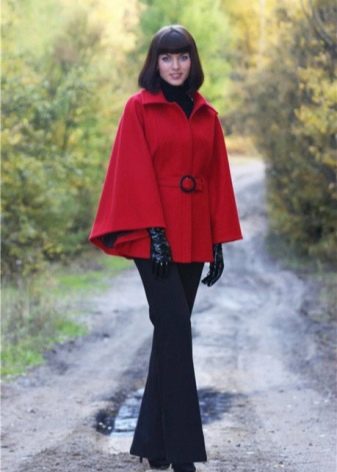
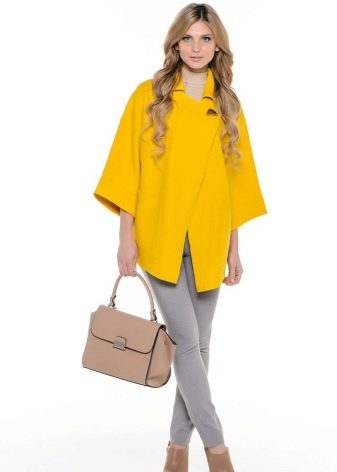
What to wear with?
A classic pair for a fur coat is an evening or wedding dress.
A cropped coat can be combined with almost all types of clothing. Pants and even jeans are now worn with a coat.
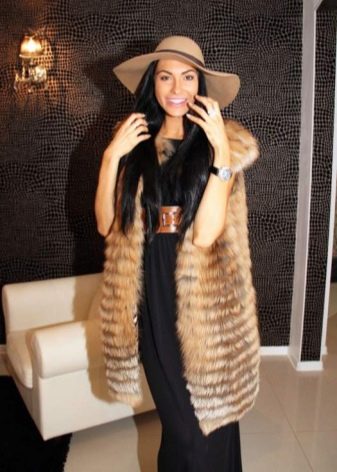
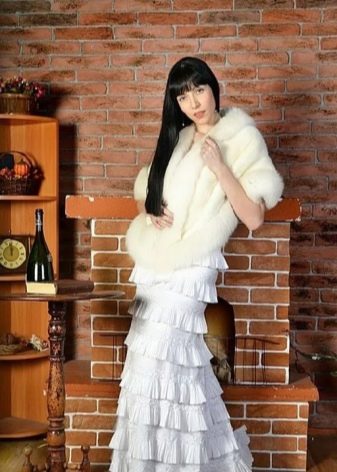

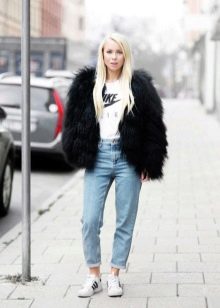
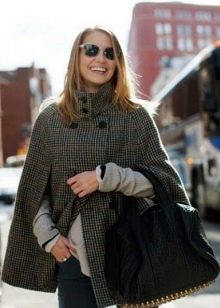
Evening dresses are usually combined with coats made of natural fur. Casual style involves less expensive materials such as faux fur, fabric or knitted fabric. For a manteau coat, fabrics with a pile can be chosen; for a knitted version, a special yarn called "grass" is sometimes purchased. This yarn has different pile lengths and is a fancy yarn. It is made from polyamide or polyester, sometimes with the addition of materials that give it a shine.
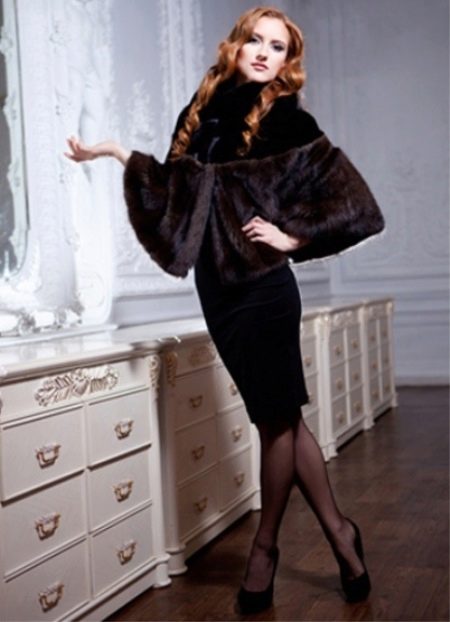
A fabric coat is suitable for everyday looks. A coat of neutral colors from a coat fabric may well be appropriate in a business style.
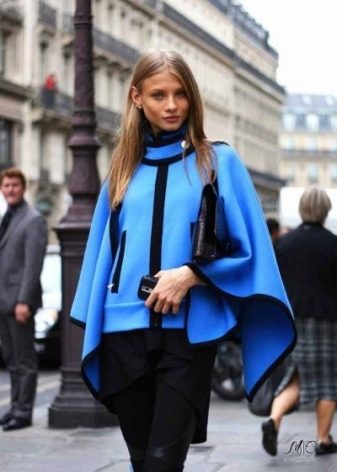
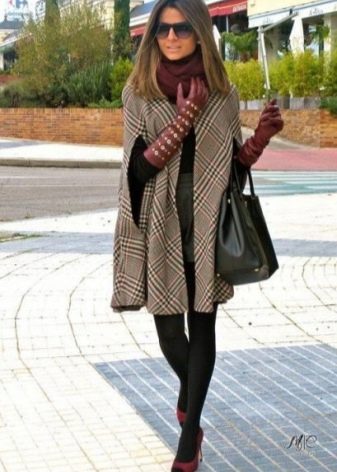
Retro or modern?
Recently, fashion designers have been offering models of fur coats in a wide variety of colors that are not characteristic of natural materials. In addition, if we take into account all the variety of fabrics and artificial materials from which coats are also created, then there are more and more options for styles and types of clothing with which these coats are worn.
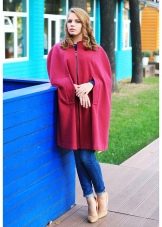
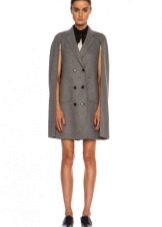
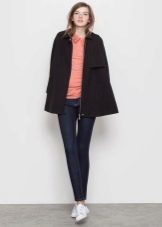
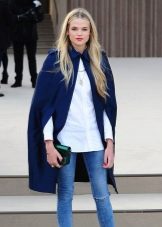
Depending on the specific version, a coat can be an ultra-fashionable thing, an element of everyday style, or it can be suitable for creating images in a retro style. This type of coat has a very long history, and each era had its own ideas of how a coat should look and what can be worn with.
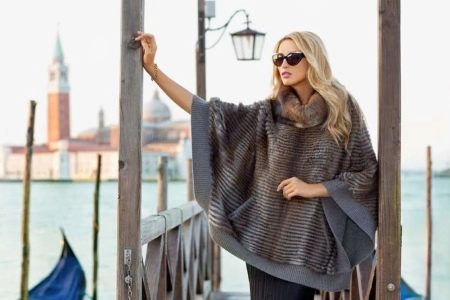
Recently, the coat is increasingly becoming a part of the so-called street fashion, or street style. Here the mantle is getting closer to its "distant relative" - a mantle with a hood, which in its modern incarnations is also becoming more and more popular in urban conditions. A free cut of such clothing provides comfort and convenience, since it does not restrict movement and is suitable for active actions and movements.
